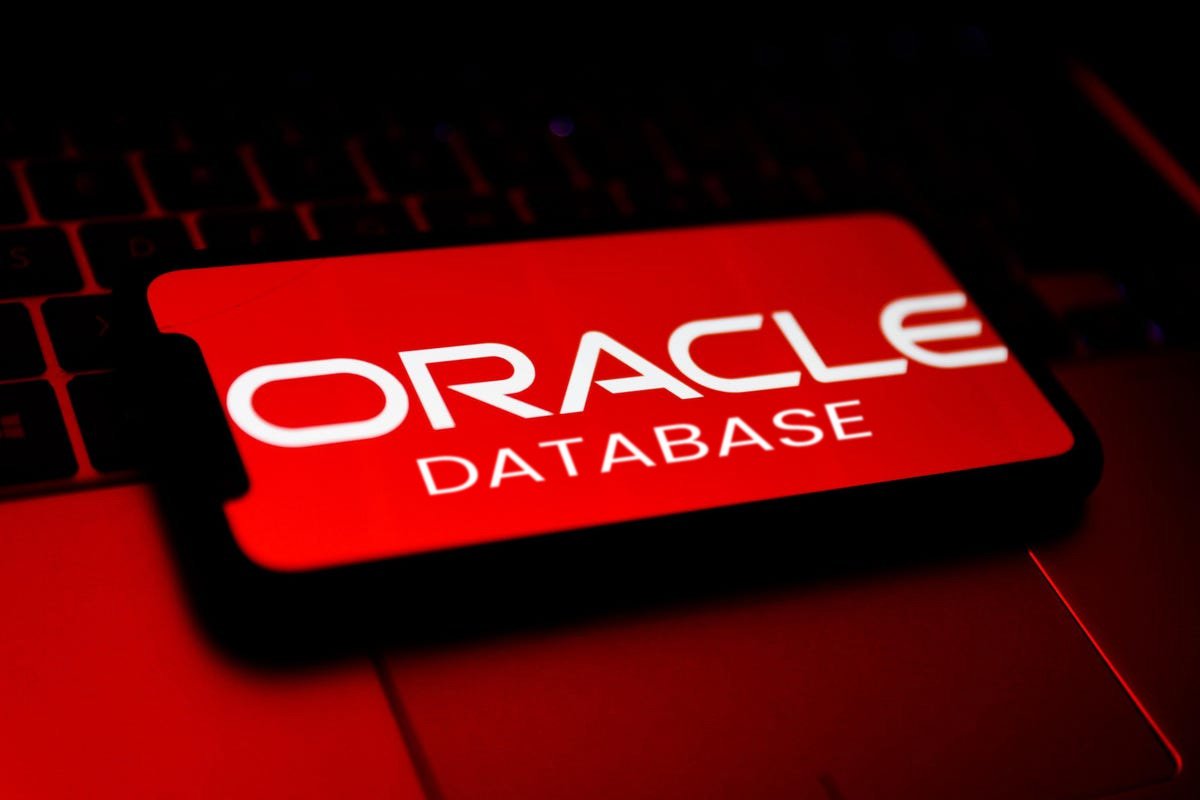Overview
Database Administrators (DBAs) are responsible for the design, implementation, support and maintenance of computerized databases in today’s organizations. The role also includes architecting, building and scaling databases for future data growth and capacity. They are also responsible for security, performance and availability of data to users and customers.

All the above tasks are performed with the help of a Database Management System (DBMS) and the leading and most widely used DBMS across the world today are the Oracle, Microsoft SQL Server, MySQL database etc.
DBAs play an important and responsible role in every company’s Information Technology (IT) department. DBAs are also very well paid, and the average annual salary is more than $100,000 in the USA.
Furthermore, it is projected that the demand for DBAs will grow at the rate of 20% per year until 2023. www.cnn.com also published an article recently that Database Administrators are in the TOP TEN in-demand jobs for the next decade.
Eligibility
Anyone is eligible to register for the Oracle DBA course. But If you are new to Oracle databases, we strongly recommend you to first complete our Oracle SQL Training.
Course Topics
Introduction to database management systems and databases
What is a database?
Popular database management system (DBMS) software and why Oracle DBMS.
History and Current trends of DBMS and Database Administration.
Oracle database market share and about its current competitive landscape.
Tasks of a Database Administrator.
Installing Oracle database software (12c R1 and 12c R2)
Understand prerequisites for a successful Oracle RDBMS software installation.
Installation of Oracle 12c R1 database software with the latest patchset.
Installation of Oracle 12c R2 database software

Oracle Database Architecture
Planning for an Oracle database creation.
Creating an Oracle 12c R1 database using the CREATE DATABASE SQL command.
Creating an Oracle 12c R2 database using the Graphical Tool (Database Configuration Assistant).
How to configure and use Oracle Enterprise Manager (OEM) Database Express web based tool.
Understand initialization parameter files
Startup and Shutdown of a database.
View the database alert log
Components of an Oracle database and detailed architecture.
Advance Startup and Shutdown scenarios.
Oracle database memory and process architecture.
The Oracle database job scheduler API (DBMS_SCHEDULER package)
Database storage
Oracle tablespaces and allocation types.
How to create small file (default) and big file tablespaces.
How to create datafiles with fixed size and auto extend option.
What are control files and how to view control file content in a trace file.
How to rename datafiles in a control file.
Temporary tablespaces and temporary tablespace groups.
Managing Undo Data
Explain DML and undo data generation
How to add data files to undo tablespaces.
Configure undo retention.
Understand Oracle database read consistency
Oracle Networking
Introduction to Oracle Net Services component.
Oracle listener configuration (Dynamic and Static Listeners).
Dynamic Service Registration and Naming Methods configuration in sqlnet.ora.
Oracle database connections from other computers.
Oracle netca (Network Configuration Assistant) tool for configuration file generation.
Oracle net
mgr tool for adding database services to a static listener.ora configuration file.
Oracle listener administration and TNS_ADMIN environment variable.
What are database links and learn about best practices in creating them
Administering User Security
Create and manage database user accounts.
Grant and revoke privileges.
Create and manage roles.
Create and manage profiles.
Standard database auditing
How to audit DBA login sessions and statements
How to enable non-DBA login session auditing.
How to disable non-DBA login session auditing
How to purge older audit trail records.
Used Managed (Manual) Backup and Recovery
Backup and Recovery Concepts (Redo log files and archive log files.)
Backup and Recovery Configuration (Configure the fast recovery area and ARCHIVELOG mode.) Introduction and planning for a robust Backup and Recovery Strategy.
How to create a consistent database backup aka offline backup (COLD BACKUP) Hot to create an inconsistent database backup aka online backup (HOT BACKUP). How to clone a database from a consistent database backup.
How to clone a database using Cancel based recovery from an inconsistent database backup.
How to clone a database using Time based recovery (Database point in time recovery) from an inconsistent database backup.
RMAN Backup and Recovery
Advantages of RMAN method compared to the user-managed method.
Create consistent database backups using RMAN.
Create inconsistent database backups (without shutting it down) using RMAN.
Oracle database backup metadata.
How to create incremental backups using RMAN.
How to clone a database using RMAN backup based duplication.
How to restore and recover a full database from its RMAN backup.
Use Data Recovery Advisor to perform recovery of the control file and redo log file.
How to drop a database using RMAN
Oracle database backup retention policies and backups to Tape/offsite.
How to purge old backups using RMAN.
Oracle database upgrades
Introduction to Oracle versions and how to understand a version.
How to upgrade a database from Oracle 12c R1 to Oracle 12c R2.
How to upgrade from one patchset to another patchset within the same maintenance release. What are Oracle interim patches
How to apply SPU patches (Security Patch Updates).
How to apply a Patch Set Update (PSU)
Learn about Oracle Interim Patch Installer (OPATCH).
Oracle Data Movement Utilities
Oracle database logical backup and restore operations (Data Pump Export and Import).
Business use cases of logical backups compared to physical backups.
Various Data Pump Export modes.
Data Pump Import to import data from an export backup.
Advanced features in Oracle Data Pump Export.
Oracle Database Performance Tuning
How to handle performance issues in the real world.
V$ dynamic views for performance monitoring and analysis.
How to size the Oracle database memory structures for optimal performance.
Oracle database wait events.
Explain Oracle temporary space internals and sizing.
How to trace database sessions using DBMS_MONITOR and DBMS_SESSION packages.
How to format SQL trace files using the tkprof utility.
How to generate on-error diagnostic dump files.
Index Monitoring and internals of index maintenance by Oracle.
Statistics data collection for Oracle database optimizer.
What is Oracle automatic workload repository (AWR) and how to obtain AWR reports.







